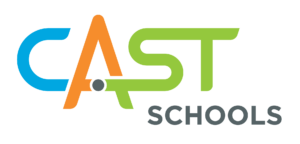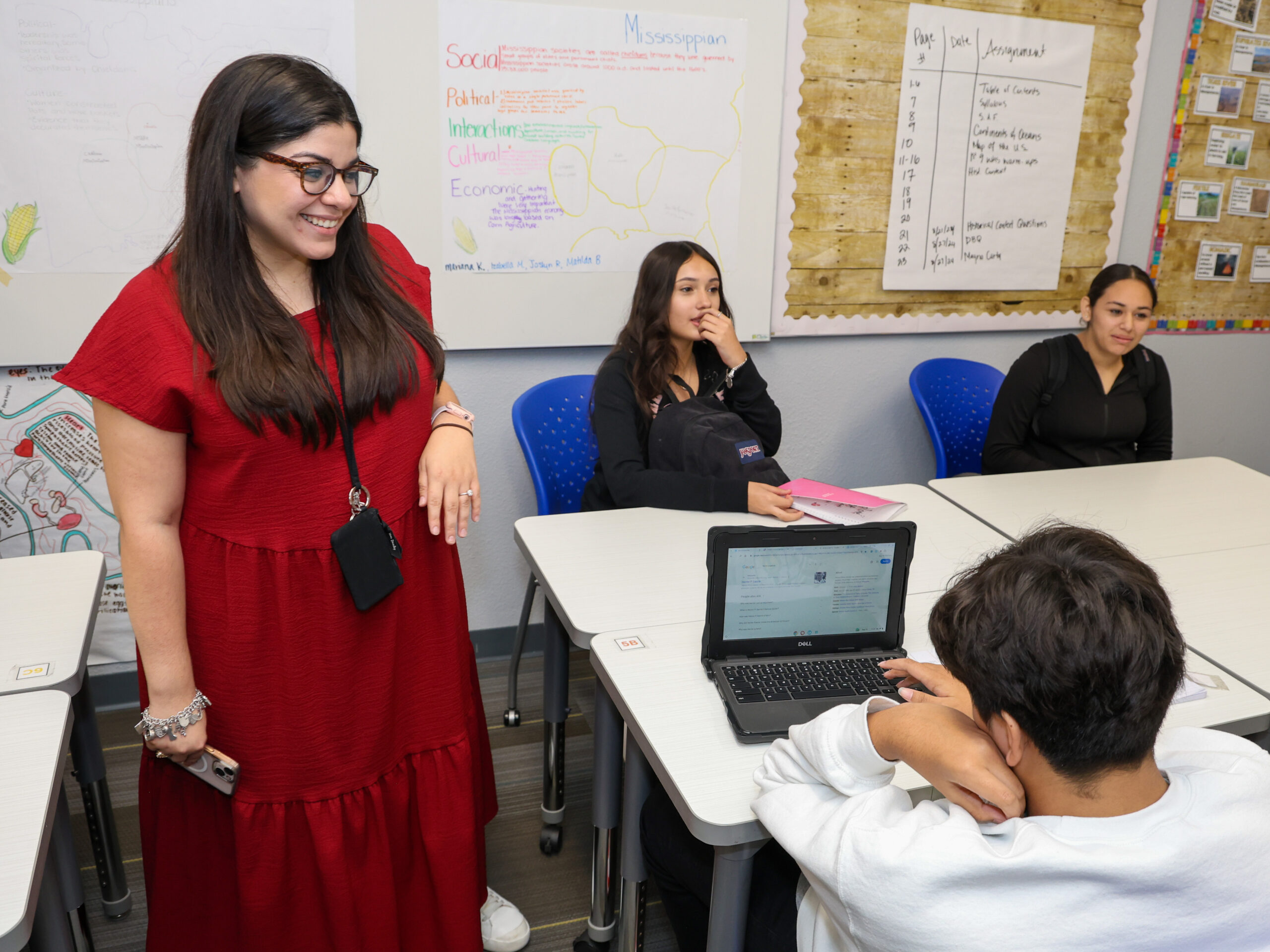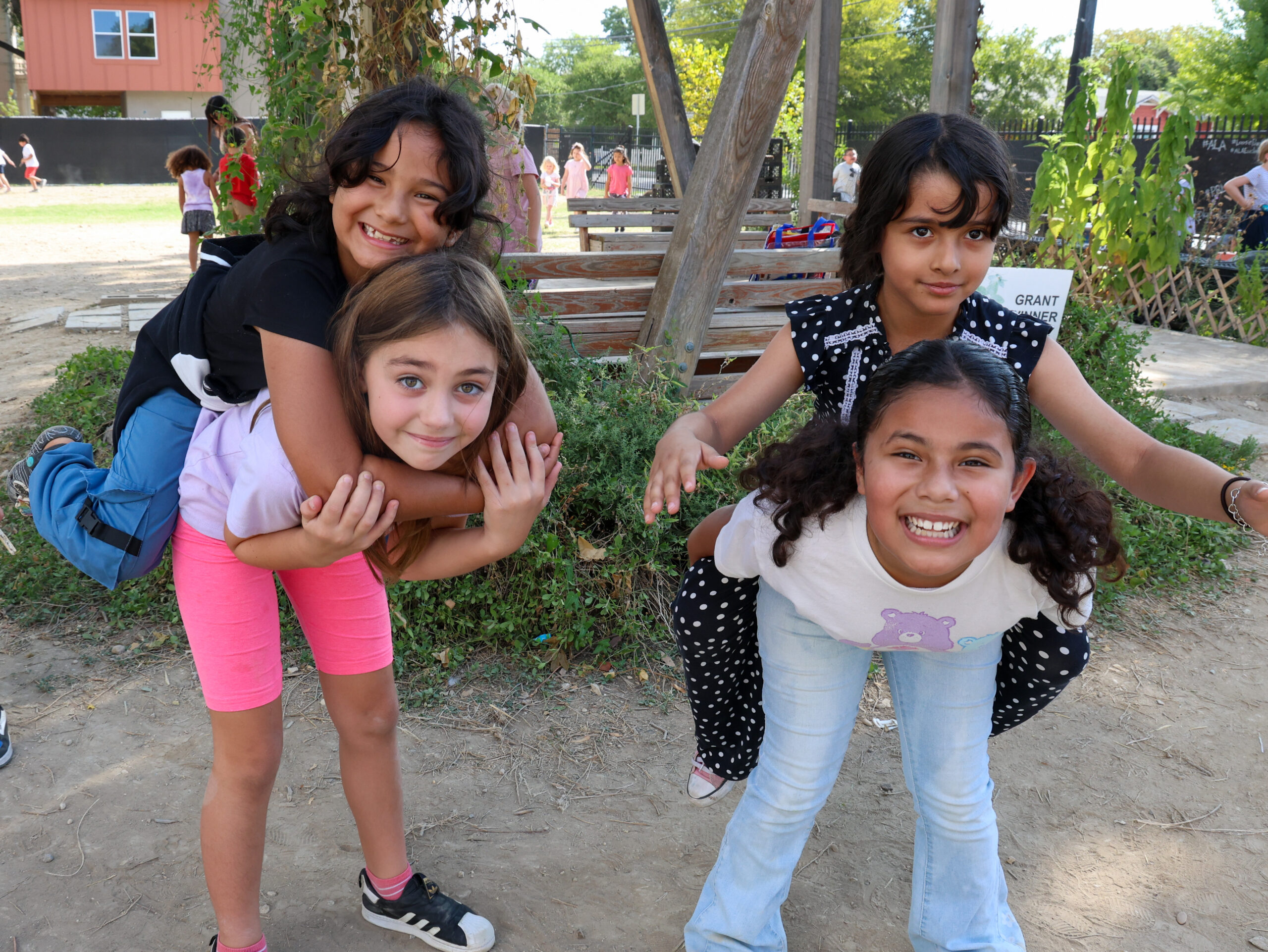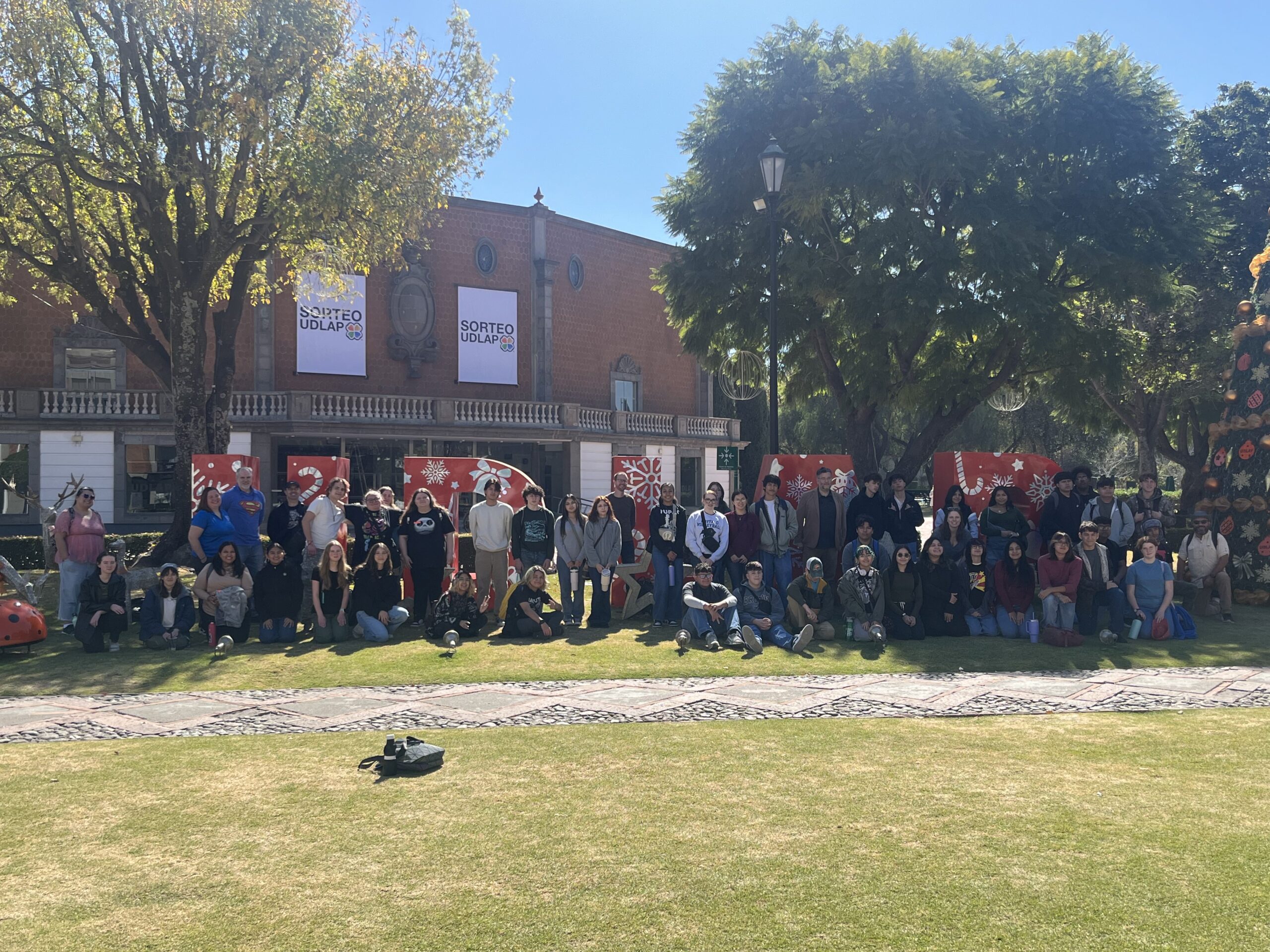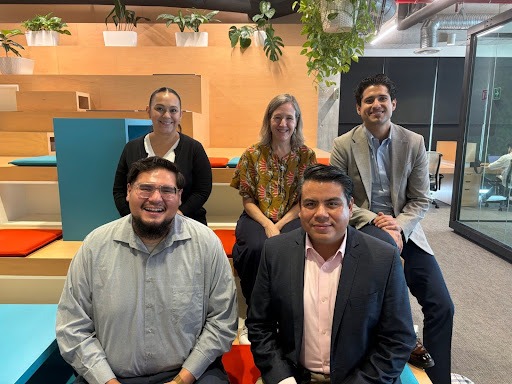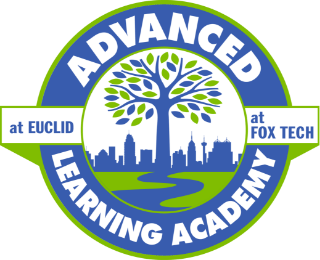When I was a child, my father worked for a plastics manufacturer and as part of his work he somehow acquired an enormous box of defective Legos. I mostly remember that some of the colors bled or were slightly faded. My brother and I used these Lego blocks to build entire cities and craft crazy imaginary kingdoms that only we could see.
When I was raising my own children, I was excited that my mother had saved this box of magic Lego blocks. But Legos had changed, and they now produced fancy kits, where children could make precise replicas of Star Wars’ Death Star, Harry Potters’ Hogwarts, or the Avengers, to name a few. My kids were fascinated with these elaborate kits and not the least bit interested in the scruffy Legos that had filled so many hours of play for my brother and I.
I share this story not to criticize my own creative kids, but because I recently learned that the Surgeon General had issued a public health warning about intensive parenting. Today’s working moms, it found, spend more time with their children than stay-at-home moms from the 70’s. Over time, as a society, we have come to feel duty bound to curate enriching experiences for our children to ensure they are successful in life; we worry about giving them every advantage in a competitive society.
Yet a growing body of research suggests this approach is neither good for children nor parents, at least in its most extreme form.
It struck me that this misconception about parenting translates to schooling. We have adopted a mistaken belief in a one-way transmission of information from adults to children. Similarly, school policy makers believe that highly structured environments lead to specific student outcomes.
As a result, we fill our children or our students’ time with excessive, highly structured activities. We worry that their time will be wasted or not used in the most productive manner. In schooling, we often look for a single high-impact solution – recently we have cycled through a focus on highly-qualified teachers, to high-dosage tutoring, to high-quality instructional materials.
In most of these cases, we mistake correlation for causation, and we fail to place our camera lens in the right place, which is a wide one. While it would be amazing to find a single solution, like an app that would prevent kids from misusing technology, our search for this easy answer has left us chasing our tails.
In schools, we must work to create healthy school communities, with inspiring and talented leaders, passionate and compassionate teachers, who are equipped with the right tools, including high-quality materials.
Finally, the biggest problem with this mindset where we adults believe we have control over the behavior of young people is that it completely ignores what the young person brings to the table.
Both parenting and schooling are about learning, and they are also about the transition from dependence to independence. The most important person in this equation is the learner.
We want to hold tightly to our children’s home experiences, to put them in the best athletic and art programs, to allow their brains to be stimulated by enrichment programs, yet those choices typically say more about us than they do about them.
I’ll never forget a famous story that went viral in 2017. Caine Monroy, at age 9, would accompany his father to his auto body shop. The shop was full of cardboard boxes, and Caine, looking for a way to entertain himself, built an entire penny arcade using the boxes, eventually attracting visitors from around the world to “Caine’s Arcade.”
We have long known that the most important learning environment for young children is unstructured play, where they can rely on their imagination. At school, that translates into more choices for students, more Maker Spaces and virtual sandboxes, more opportunities for them to learn in their own way and own pace.
As a parent, I fully understand (and have indulged in) the impulse to put a child in a club sports team, or a well-regarded art program. Wouldn’t it be interesting to think if we could just let go of the reins a tiny bit more, parenting would be less of a public health risk, and we might be surprised – in the best possible way – at the results!
Jeanne Russell
Executive Director
CAST Schools
